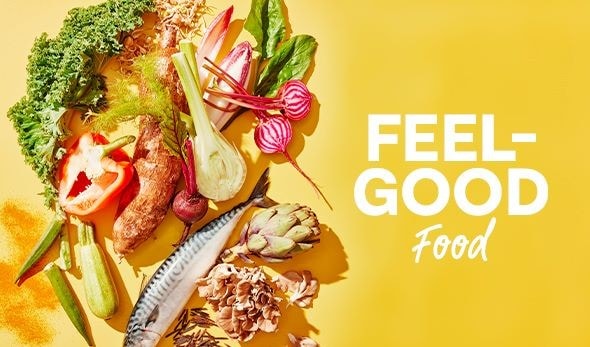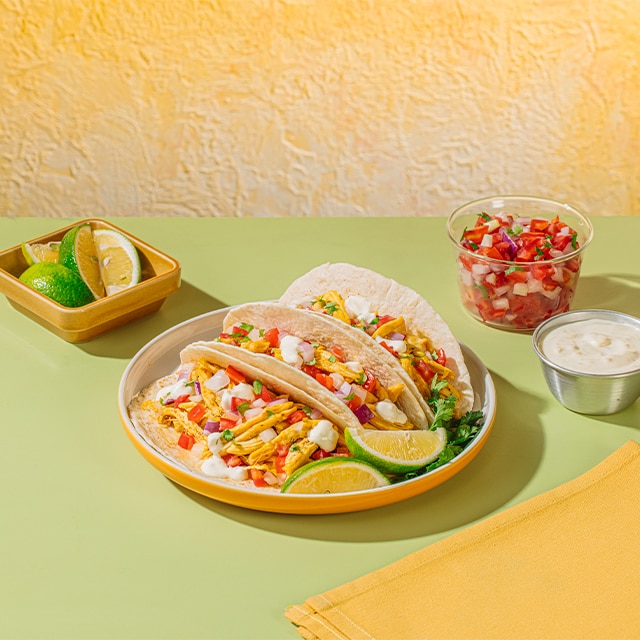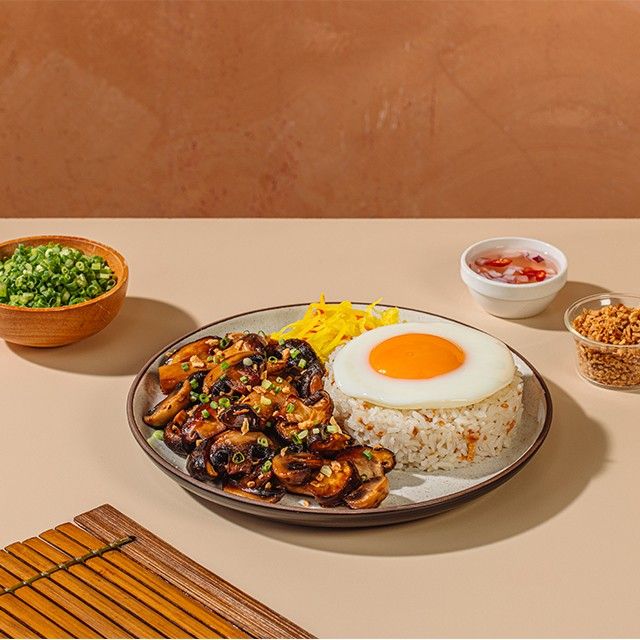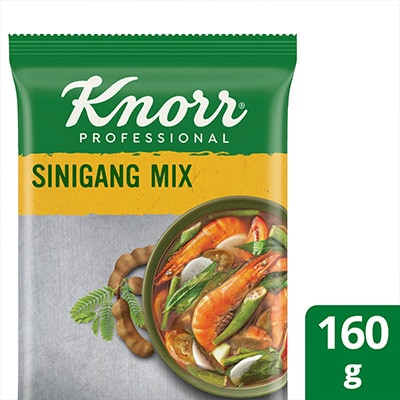Staying ahead of the curve is essential for the success of any food establishment. But keeping track of what diners are currently craving can be a challenge, especially when new food trends proliferate every few months. What was popular six months ago may have already lost its appeal by the time you add it to your restaurant’s selections.
The secret? Anticipate the trends. People always seek newness and fun in their dining experiences. So, get your customers excited by serving up creative menu ideas, from wild fusions to nose-to-tail cooking. Here's what to watch for.
1. Flavor Shock

Members of Generation Z are emerging as sensible diners on the hunt for delicious meals and never-before-seen creations that can expand their palate. Your task is to marry this need for authenticity and adventure. And what better way to draw these crowds to the table than by combining flavors from around the world into a mouthwatering bite?
Customers now seek more than just a subtle twist or extra garnish. They look for a complete transformation. Take chef Carlos “Pipo” Aluning’s twist on the black paella recipe, which he cooks with adobo stock and tops with savory adobong pusit. Bring it to the next level by adding tangy piquillo aioli dressing and crispy baby squid.
2. Modernized Comfort Food

Mom’s home-cooked meals always hit the spot, but in 2024, these nostalgic favorites demand a proper makeover. Think reinvented culinary traditions coupled with sophisticated cooking techniques and unexpected ingredients.
You can even take inspiration from your own childhood memories, like the classic chicken and waffle. Elevate it by adding bibingka mix to the waffle batter and sprinkling tamarind seasoning onto the fried chicken.
3. Local Abundance

The farm-to-table philosophy is thriving, with many F&B business owners forging direct partnerships with local growers. This approach not only ensures you get the freshest possible ingredients but also allows for a more sustainable and ethical way of cooking – a value that many customers appreciate.
Beyond the bounty of staples like rice and ube, don’t overlook the charm of native Filipino ingredients. Use etag to infuse a rich, smoky flavor in your pork and beans stew. Or, simmer beef ribs in batuan juice to make them more tender. It’s the secret for preparing beef tadyang that’s crispy on the outside and succulent on the inside.
4. The New Sharing

Traditional Filipino meals have always been communal, with families gathering around large spreads of food and everyone digs in with their hands. Perhaps that’s why many diners prefer curated sharing platters, such as chef Paulo Sia’s Chorizo Cebu Pandasal Canapé and Kropek Sinuglaw. Interactive elements, like AR/VR immersive dining experiences, are also on the rise.
5. Irresistible Vegetables

Vegetables have long been cast as an afterthought – something to eat when trying to lose weight or optional decorations on the side. But it’s time for you to turn them into the main attraction. When prepared with creativity and care, veggies can bring a depth of flavors and textures that rival any meat dish.
Imagine a bibimbap with low-carb cauliflower rice and a rainbow of stir-fried carrots, zucchini, togue, spinach, onions, and mushrooms. Drizzle with swicy (sweet & spicy) barbecue-gochujang sauce to brighten up the taste – and bowl – even further.
6. Low-Waste Menus

At the heart of the low-waste menu food trend is limitless creativity to utilize the entirety of an ingredient. Chefs are now focusing on transforming oft-discarded parts into flavorful components to minimize waste and lower food costs.
For instance, chef J Brando Santos’ Sutokil na Isda recipe uses a whole lapu-lapu. He marinates the belly with Knorr Liquid Seasoning and grills it, steams the head to create a tinolang ulo, and chops the rest for kinilaw.
7. Plant-Powered Protein

In recent years, there’s been a noticeable shift toward vegetarian options that are both nutritious and downright satisfying. From a business standpoint, plant-based ingredients such as leafy greens, beans, whole grains, and nuts tend to be more cost-effective, generating a larger profit margin over meat-based dishes. Many restaurant patrons are also looking to reduce their intake of animal products for a variety of reasons, be it for health, financial, or environmental considerations.
Tap into the meatless menu trends by showcasing the versatility of plant-based ingredients. Turn the humble chickpeas into a savory filling for your merienda special empanada kaliskis. For the main course, consider chef Kenneth Cacho’s Pancit Luglug with Crispy Tofu Sisig and Salted Black Bean Chicharon.
8. Feel-Good Food

Gone are the days when healthy eating implied bland salads and green smoothies. Today, plenty of restaurant menu ideas process superfoods in ways that tickle the tastebuds and please the eyes.
Feed your hungry customers with nutrient-dense food, like pinaputok na isda. Opt for salmon fillets for extra omega-3 richness. Lastly, serve it with a creamy sauce and a side of sinigang vegetables to balance the dish.
Incorporate these food trends into your establishment’s offerings. Most importantly, stay curious, continue to innovate, and push boundaries in the kitchen. Your dedication to excellence will set you apart and keep customers coming back for more. If you want to know more about global food trends and explore new recipes, download the Future Menus report today.









